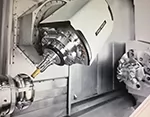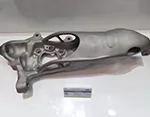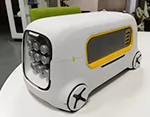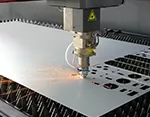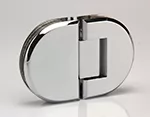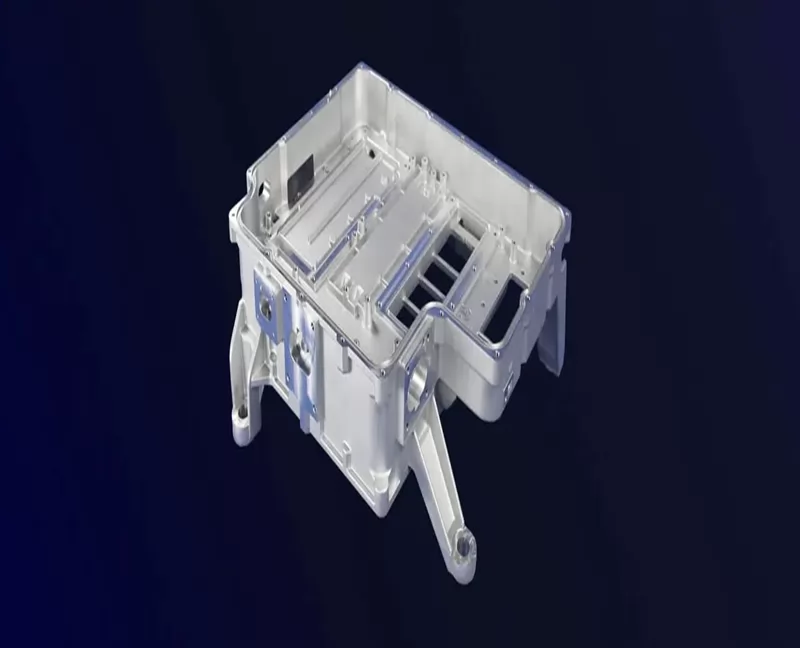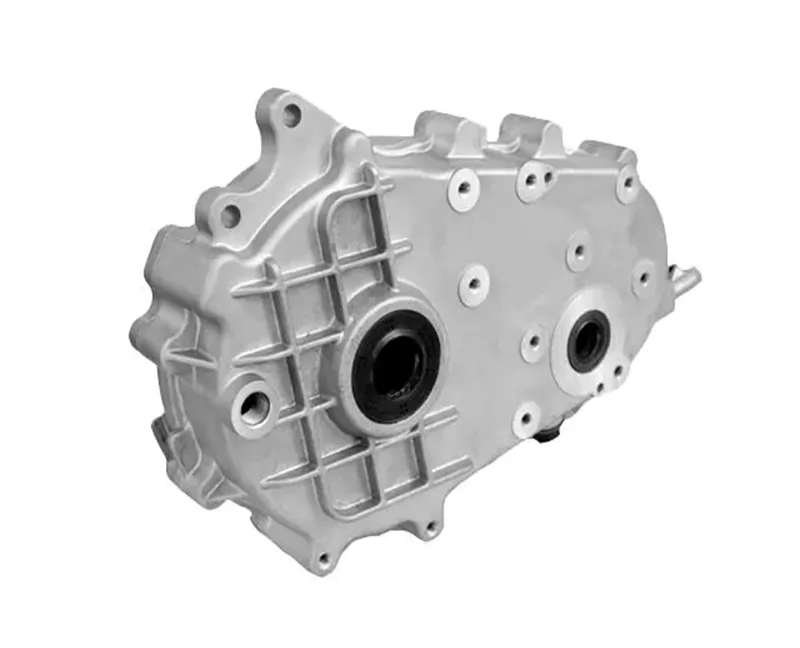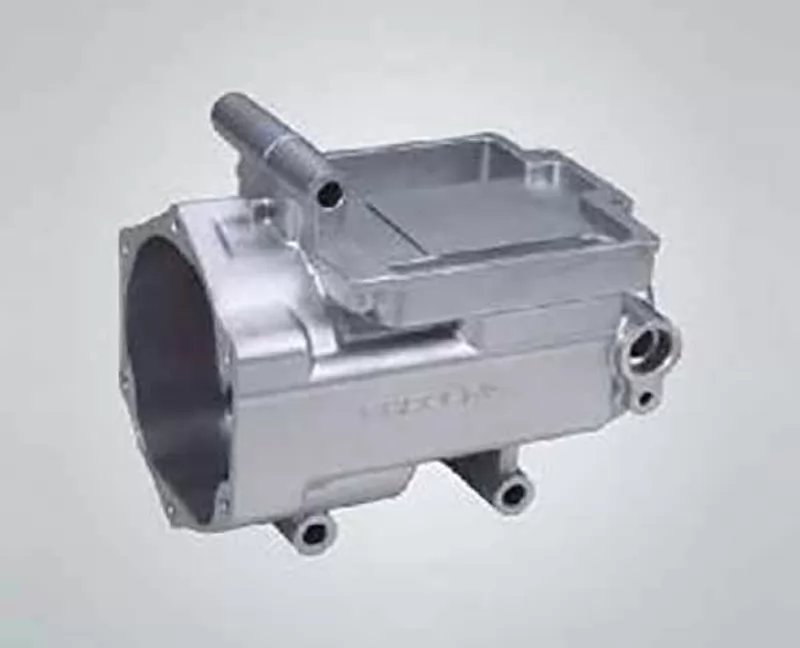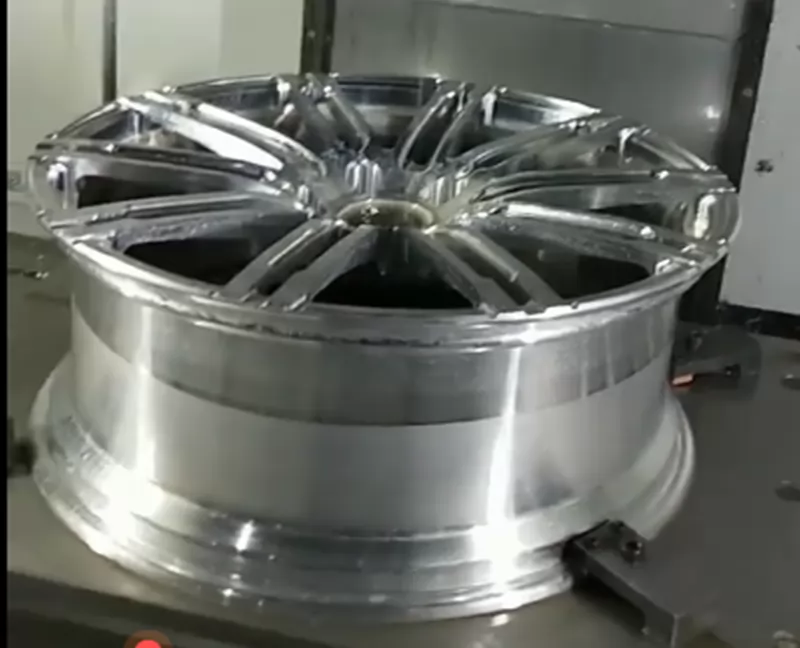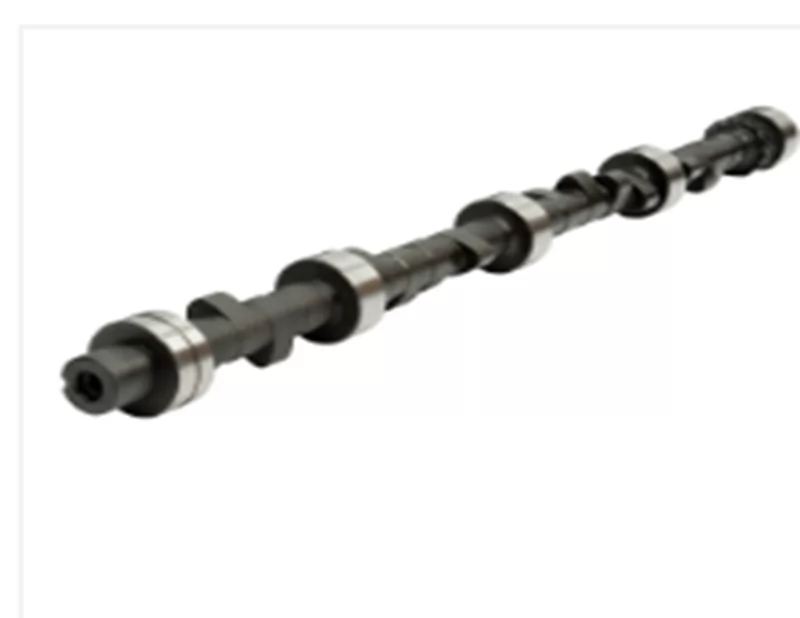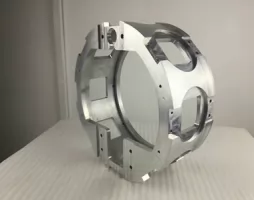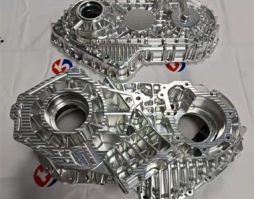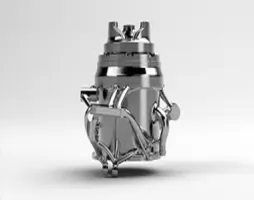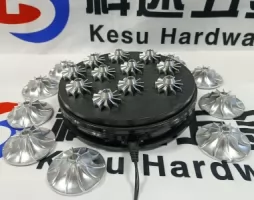-
Service
+
- CNC Precision Machining Service +
- Multi-Axis Simultaneous Machining Service +
- CNC Turning Service +
- Metal 3D Printing Service +
- Rapid Prototyping Service +
- Die Casting Service +
- Sheet Metal Fabrication Service +
-
Finish Serivces
+
- Polishing
- Grinding
- Brushed Finish
- Sand blasting
- Painting
- Powder Painting
- Anodizing
- Hard anodizing Service
- Passivation
- Zinc Plating
- Nickel Plating
- Chrome Plating
- Blackening
- Black Zinc Plating
- Teflon Coating
- Titanium Coating
- DLC Coating
- Laser Marking
- Silk Screen Printing
- Transfer Printing
- Micro Arc Oxidation
- Industries +
- About Us +
- Resource +
- Contact Us
- Quote

-
Service
-
>
-
>
-
>
-
>
-
>
-
>
-
>
-
>
-
- Industries
- About Us
- Resource
- Contact Us
Electric Car Parts
Electric motor/battery gearbox chassis brake safety configuration auxiliary, CNC machiningElectric vehicles (BEV) refer to vehicles that are powered by on-board power and use motors to drive the wheels, and meet the requirements of road traffic and safety regulations. Since it has less impact on the environment than traditional cars, its prospects are widely optimistic.
Working principle: battery - current - power regulator - electric motor - power transmission system - drives the car.
Types of electric vehicles:
Pure electric:
Pure electric vehicle A vehicle powered by an electric motor.
Compared with fuel vehicles, the main difference between pure electric vehicles is the four major components: drive motor, speed controller, power battery, and vehicle charger. Relative to gas stations, it consists of public ultra-fast charging stations. The quality difference of pure electric vehicles depends on these four components, and their value also depends on the quality of these four components. The use of pure electric vehicles is also directly related to the selection and configuration of the four major components.
Hybrid:
Refers to a car that can obtain power from at least the following two types of on-board stored energy.
Consumable fuel or rechargeable energy/energy storage device.
According to the structural form of the power system, it can be divided into the following three categories:
Series Hybrid Electric Vehicle (SHEV): A hybrid (electric) vehicle in which the driving force of the vehicle comes only from the electric motor. The structural feature is that the engine drives the generator to generate electricity, and the electric energy is transmitted to the electric motor through the motor controller, and the electric motor drives the car. In addition, the power battery can also provide electric energy to the electric motor alone to drive the car.
Parallel Hybrid Electric Vehicle (PHEV): A hybrid (electric) vehicle in which the driving force of the vehicle is supplied by the electric motor and the engine simultaneously or separately. The structural feature is that the parallel drive system can use the engine or electric motor alone as the power source, or it can use the electric motor and the engine as the power source at the same time to drive the car.
Hybrid electric vehicle (CHEV): A hybrid (electric) vehicle with both series and parallel drive modes. The structural feature is that it can work in series hybrid mode or parallel hybrid mode, taking into account the characteristics of series and parallel types.
(Note: With the development of hybrid electric vehicle technology, its types are not limited to the above types, and can also be divided into other types.)
Those typically run on conventional fuel, coupled with an electric motor/engine to improve low-speed power delivery and fuel consumption. In the domestic market, the mainstream of hybrid vehicles is gasoline hybrid, while diesel hybrid models are also developing rapidly in the international market.
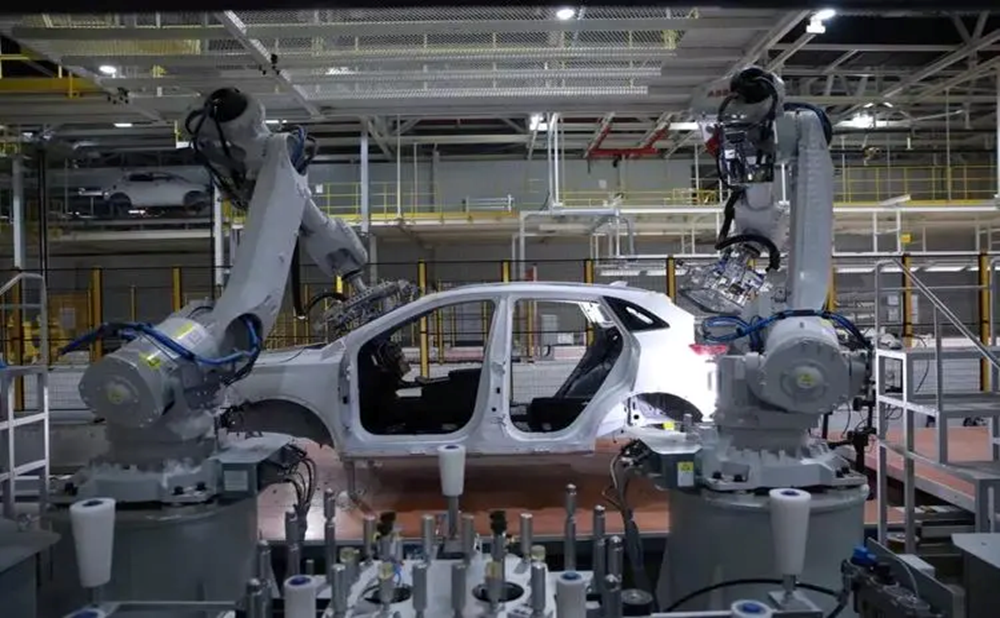
system structure:
Electric drive:
Electric vehicles refer to vehicles that are powered by on-board power and use motors to drive the wheels, and meet the requirements of road traffic and safety regulations. It uses electricity stored in the battery to get started. Sometimes 12 or 24 batteries are used when driving a car, sometimes more are needed.
power supply:
Provides electrical energy to the drive motor of an electric vehicle, which converts electrical energy from the power supply into mechanical energy. The most widely used power source is lead-acid batteries, but with the development of electric vehicle technology, lead-acid batteries are gradually being replaced by other batteries due to their low energy, slow charging speed, and short life.
Drive motor:
The function of the drive motor is to convert the electrical energy of the power supply into mechanical energy, and drive the wheels and working devices through the transmission device or directly.
Speed control:
The motor speed control device is designed for the speed change and direction change of electric vehicles. Its function is to control the voltage or current of the motor to complete the control of the driving torque and rotation direction of the motor.
transmission:
The function of the transmission device of an electric vehicle is to transmit the driving torque of the electric motor to the drive shaft of the vehicle. When electric wheel drive is used, most components of the transmission device can often be ignored. Because the electric motor can be started with a load, there is no need for a clutch in a conventional internal combustion engine vehicle.
Travel device:
The function of the traveling device is to convert the driving torque of the electric motor into a force on the ground through the wheels to drive the wheels to travel. It has the same composition as other cars, consisting of wheels, tires and suspension.
Steering device:
The steering device is designed to realize the turning of the car and consists of a steering gear, a steering wheel, a steering mechanism and a steering wheel. The control force acting on the steering wheel deflects the steering wheel to a certain angle through the steering gear and steering mechanism to achieve steering of the car.
Braking device:
The braking device of an electric vehicle, like other vehicles, is designed to slow down or stop the vehicle, and usually consists of a brake and its operating device.
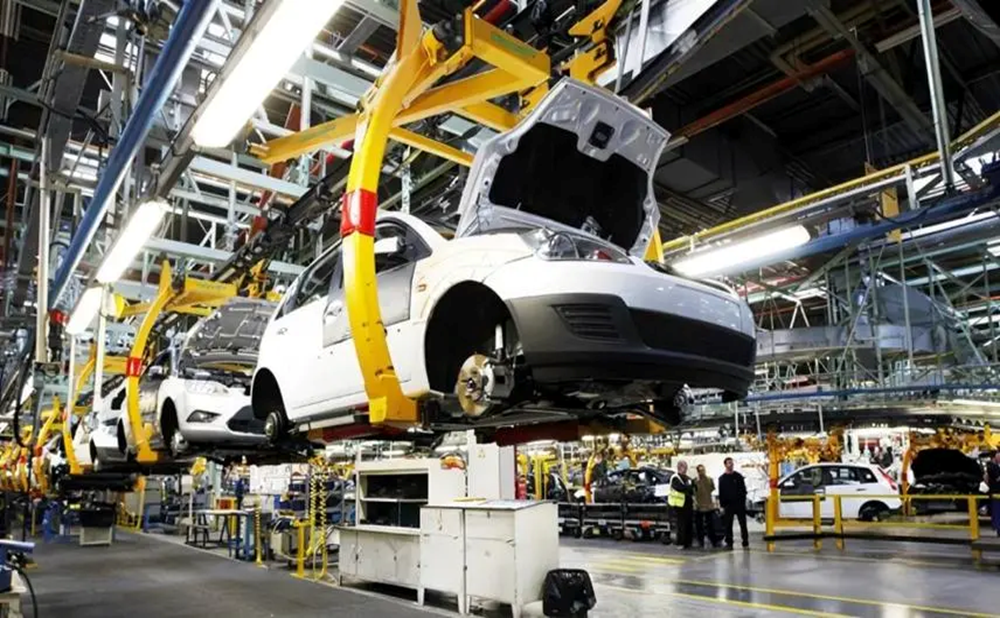
Contact:
Email: Maggie@kesugroup.com,
WhatsApp: +86 135-3842-1321
Our engineer team are ready for your projects and provide feedback quickly.

